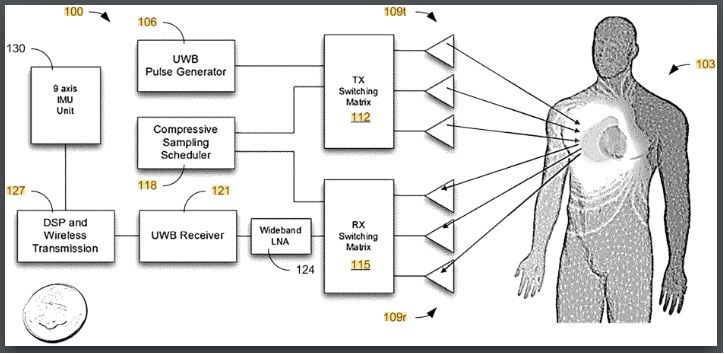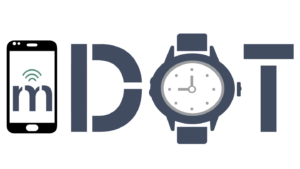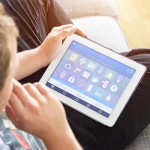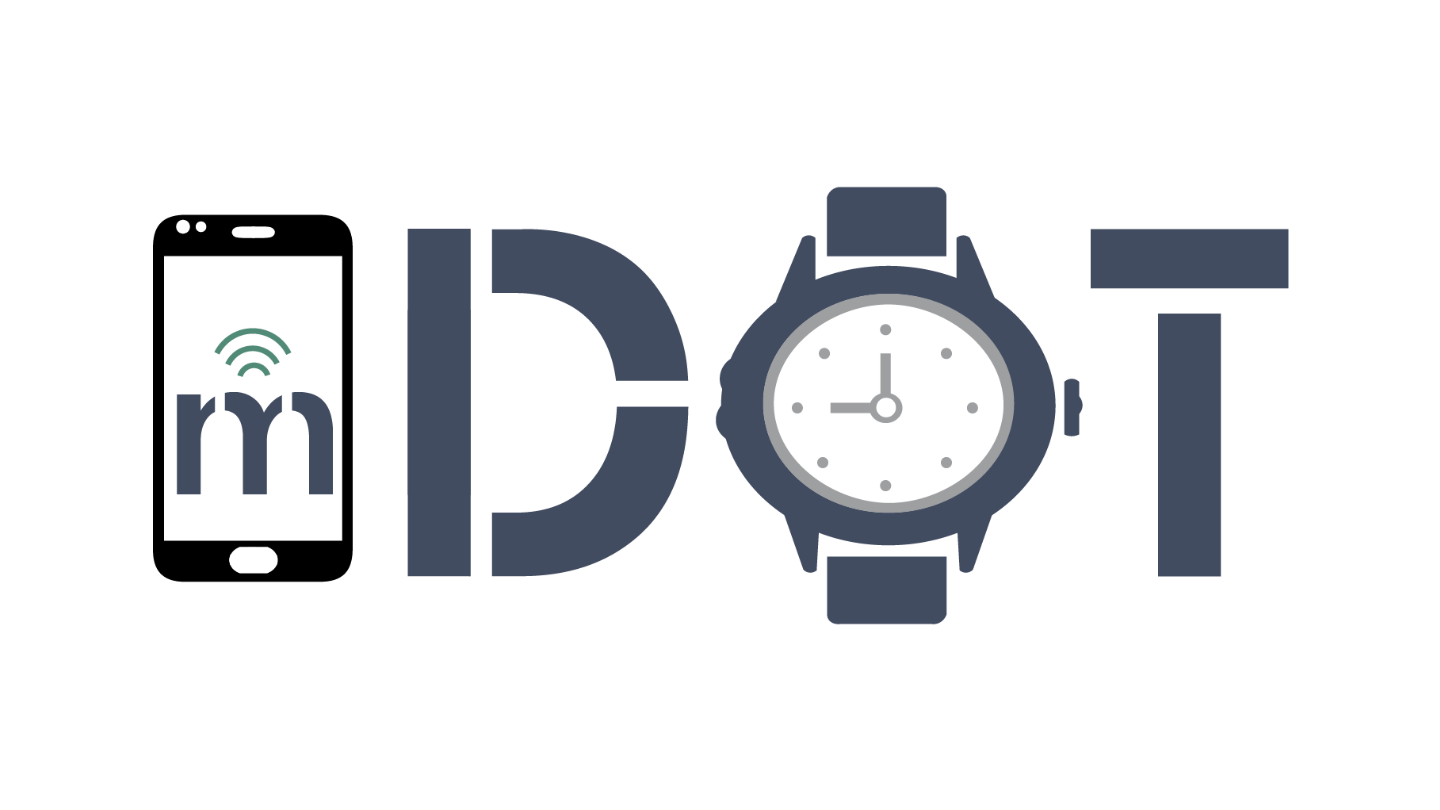
Sensing the Invisible: A Breakthrough Patent in Mobile Monitoring for Heart Health
For millions worldwide, Congestive Heart Failure (CHF) represents a profound challenge, often leading to serious complications and frequent hospital readmissions, largely due to fluid accumulation. The high cost and poor quality of life associated with CHF underscore the urgent need for tools that can effectively monitor thoracic fluid levels and heart function.
A new development from mDOT Center researchers, the Mobile Ultra-Wideband (UWB) Radar Bodily Monitoring System (System 100), offers a powerful solution by leveraging advanced radar technology applied directly to the body.
The Technology Behind the Measurement
This innovative bodily monitoring system employs a UWB sensor coupled with an array of transmit (TX) and receive (RX) antenna pairs. These antennas, sometimes arranged in a circular fashion with six pairs, are positioned on the user’s body, for example, on the chest.
The core mechanism relies on Ultra-Wideband (UWB) pulses. The TX antennas generate these pulses (operating in the 0.5 GHz to 5 GHz range). As the UWB pulses travel through the user’s body, they propagate through various tissues, and the reflections, or backscatter data, are collected by the RX antennas.
Building a Reflection Profile of the Body
The system is able to model the various tissue layers within the body, such as skin, fat, muscle, and lung tissue, exploiting their distinct dielectric properties, including relative permittivity and loss tangent.
The backscatter data received from the TX-RX antenna pairs is processed using techniques like delay-and-sum wideband beamforming and sparse deconvolution. This processing generates a reflection profile which is determined based on the time-delayed backscatter data and a model of the body’s tissue layers. This profile helps determine the reflection coefficients for the various layers of tissue.
Monitoring Critical Health Indicators
One of the system’s most crucial capabilities is its ability to quantify the reflection characteristics of the lung tissue itself. Changes in lung characteristics are tightly linked to fluid content. The system is configured to convert the reflection coefficients into fluid level estimates for both lung and peripheral tissues. This provides a direct, measurable estimate of a patient’s fluid status, critical for CHF management.
Furthermore, the mobile UWB radar system is designed to monitor cardio-respiratory function. By tracking changes in the reflection profile over time, the system can concurrently identify and track the respiration cycle. The technology can also be configured to estimate heart rate, heart rate variability, and respiration rate. The sensor collects reflection data repeatedly, potentially processing pulses at a rate of 10,000 per second, allowing for precise tracking of movement and changes within the body across the respiration cycle.
This bodily monitoring system, often connected wirelessly to a computing device like a smartphone, allows for the real-time processing and analysis of crucial health data, offering potential for improved management and early detection of fluid retention in patients.








